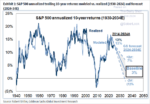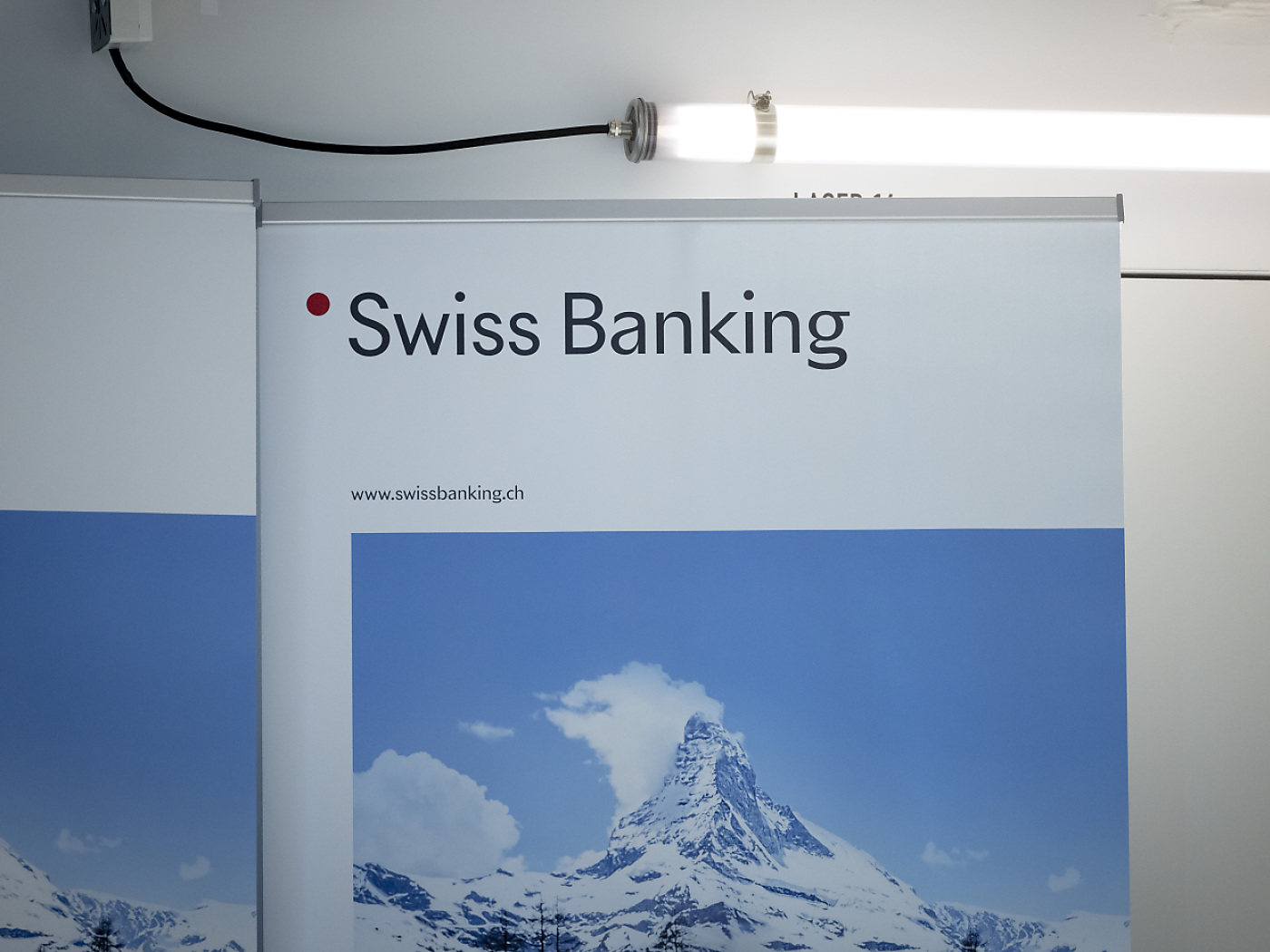Overview: The markets remain hopeful about a re-opening in China and continue to pour into Chinese stocks on the mainland and in Hong Kong. The index of Chinese companies that trade in the US rose nearly 22.4% last week. Large bourses in the Asia Pacific region were mixed, but China and Hong Kong stand out. Europe’s Stoxx 600 is nursing a small loss for the second consecutive session. US equity futures have a slightly heavier bias. European 10-year yields are 2-5 bp lower, while the US 10-year Treasury yield is a bit firmer at 3.51%. The dollar has turned mostly higher in the European morning after the euro and sterling extended their recent gains. The Canadian and Australian dollars are holding on to small gains. Among emerging markets, the South African rand is snapping back after losing 2.5% last week amid domestic political tensions. The Chinese yuan continues to recover, and its 1.35% gain is the second most today. Gold made it up to almost $1810 before reversing lower. It is toying with the 200-day moving average near $1795. January WTI is trading firmer near $81.55 but inside the pre-weekend range. The 20-day moving average is around $82.50, and the contract has not closed above it since November 11. US natgas is off 4.4% after falling 10.6% last week. Europe’s benchmark is little changed after rising 10.6% last week. The prospect of China re-opening continues to lift iron ore prices. It rose 2.3% today. It has rallied by nearly 38% since the end of October. March copper is trying to extend its four-day rally and is posting minor gains. March wheat has fallen for the past four weeks and eight of the past nine. It is up about 0.5% today.
Asia Pacific
Investors are more interested in small shifts away from draconian zero-Covid policy than the poor Chinese economic data. The Caixin services PMI fell to 46.7 from 48.4, lower than expected. The composite stands at 47.0, down from 48.3. It is the fifth monthly decline and the third consecutive reading below the 50 boom/bust level. Meanwhile, several large cities (Beijing, Shanghai, Shenzhen, and Guangzhou) are modifying their rules that, up until now, required testing results to gain access to public transportation and other public areas. The details vary by locality. As we noted last week, some will be allowed to quarantine at home. The markets like what they are hearing. The CSI 300 has rallied 7.5% over the past six sessions. The Hang Seng, where many Chinese companies are listed, has gained around 16%. The Hong Kong Enterprises Index, which tracks those Chinese companies, has rallied about 17.6% over the past six sessions, including 5.3% today.
Japan's final services PMI was slightly better than the flash report (50.3 vs. 50.0) but still softening from October (53.2). At 48.9, the composite reading was unchanged from the initial estimate and down from 51.8. It is the lowest since February. After contracting unexpectedly in Q3, the rebound in the world's third-largest economy has not gained much traction. Tomorrow, Japan reports October household spending and labor earnings. Both are expected to be softer than in September.
The Reserve Bank of Australia meets first thing tomorrow. The futures market has about a 60% chance of a hike discounted. The final PMI readings did not change the view much. The services PMI edged up to 47.6 from the 47.2 flash reading but is still down from 49.8 in October. Similarly, the composite was revised to 48.0 from 47.7, but still reflects more weakness than October's 49.8. It is the lowest since January. Separately, economists had expected minor weakness in Q3 corporate operating profits (-0.3%). Instead, operating profits slumped 12.4%, the most since at least 1995. Total corporate profits were still 8.5% higher from a year ago. Profits in mining and financial services were especially weak in Q3. Inventories jumped 21.6% year-over-year.
The dollar settled below the 200-day moving average against the yen for the first time since February 2021, ahead of the weekend. In the last three sessions of last week, the 10-year US yield fell almost 25 bp. The yield is firmer today, and the greenback stabilized within the pre-weekend range. There may be potential toward JPY136, last Friday's high, but the intraday momentum indicators are stretched. The Australian dollar rose to about $0.6850, its highest level since mid-September. However, the upside momentum faltered, and the Aussie pulled back to hover around $0.6800. Support extends toward $0.6780. The greenback gapped lower against the Chinese yuan and proceeded to fall to about CNY6.9470. That is the lowest level since September 13. The gap extended from today's high (CNY6.9910) to last Friday's low (~CNY7.017). The yuan's nearly 1.5% rally today is the largest in over a month. The PBOC set the dollar's reference rate at CNY7.0384 vs. the median in Bloomberg's survey for CNY7.0401.
Europe
Europe agreed on a cap of $60 a barrel on Russian seaborne oil, and its embargo on such oil, with a few exceptions, goes into effect today. Russian oil to other parties will be able to use G7/EU insurance and shipping services for oil above the cap. Russia's benchmark Ural blend trades in the low $50s, according to reports. That would suggest that the cap neither impinges on Russia's oil sales nor deny it revenue, at least initially. India, China, and Turkey have emerged as critical buyers of Russian crude as Europe pulls back. Uncertainty over Chinese demand, given the fluidity of its Covid policy and the impact of the price cap and European embargo of Russian oil, saw OPEC+ decide to maintain current quotas. This was largely expected. Russia has threatened to reduce its oil production. January WTI fell 5.7% in November, its fifth decline in six months. It settled last week slightly below $80 a barrel after having begun the year near $71.00. It hit a low around $73.60 at the start of last week. February Brent oil fell almost 4.5% last month, which was also the fifth decline in six months. It briefly dipped below $81 at the start of last week and held the last September low near $79.70. Separately, note that US retail gasoline prices averaged $3.41 at the end of last week, the lowest since early February. Meanwhile, the cold snap in Europe has seen the benchmark of natural gas surge by almost 42% over the past three weeks.
The preliminary services and composite PMI from Germany and France were shaved in the final estimate. German services PMI was 46.5 in October, 46.4 in the initial estimate, and 46.1 in the final. The composite has ticked up to 46.4 from 45.1 in October but was revised to 46.3. It is the fifth month in contraction territory. The final French services PMI stands at 49.3, down from the flash estimate of 49.4 and 51.7 in October. The composite PMI eased to 48.7 from 48.8. It was 50.2 in October and is the lowest since February 2021. Italy's service and composite PMI were not as weak as expected, but both the services and composite PMI remained below 50 (service 49.5 vs. 46.4 in October and composite 48.9 vs. 45.8). Spain looked best. Its service PMI rebounded to 51.2 from 49.7, and the composite rose to 49.6 from 48.0. The ECB meets on December 15, and the swaps market favors a 50 bp hike and about a 16% chance of a 75 bp move.
The final UK services and composite PMI were in line with the preliminary estimates. The services PMI was unchanged at 48.8, slightly better than October's 48.6. The composite was revised slightly lower to 48.2 from the 48.3 preliminary estimate but unchanged from October. It was the fourth month below 50. The Bank of England meets on December 15. The swaps market favors a half-point hike but has a 20% chance of a three-quarter point move. Meanwhile, faced with a wave of strike activity in the coming weeks (rail, buses, postal service, health sector, and schools), the head of the Conservative Party, Zahawi, warned that the government could use the military to ease disruptions.
The euro extended its recent gains to reach $1.0585 in Asia before consolidating and reaching a low near $1.0530. There are options for around 772 mln euros at $1.0575 that expire today, and some of the euro buying seen earlier may have been related to it. The $1.0600-20 area offers the next important technical hurdle. Note that options for a billion euros at $1.06 expires Wednesday. Sterling also made a marginal new high near $1.2345 before it, too, pulled back. It found support near $1.2260 and could re-challenge the earlier highs in North America. The upper Bollinger Band is nearly $1.2380.
America
There were four important takeaways from the US jobs data. First, job growth was 20% more than the median forecast in Bloomberg's survey, consistent with a strong labor market. Second, the tick down in the participation rate (to 62.1%) means businesses, investors, and policymakers cannot count on an increase of labor supply to ease the tightness. Third, not only did average hourly earnings rise by twice the median forecast (0.6% vs.0.3%) but the October series was revised up to 0.5% from 0.4%. The 5.1% year-over-year increase is higher than is seen, consistent with 2% inflation, but the time series is limited (e.g., compositional changes). The Fed seems to prefer the Employment Cost Index. Fed Chair Powell noted in his remarks on November 30 that there were only "tentative" signs of wage growth moderating. Fourth, the decline in hours worked (34.38 vs. 34.51) generates an overall fall in the index of hours worked by 0.2%. All else being equal, this would weigh on Q4 GDP forecasts. Before the employment data, the Atlanta Fed GDPNow tracker fell to 2.8% from 4.3% on November 23.
There is a host of data today and tomorrow sees the October trade balance. The Atlanta Fed's model will be updated tomorrow. The Fed is in its quiet period ahead of the December 13-14 FOMC meeting. Today's data feature the final services and composite PMI (46.1 and 46.3, respectively), October factory orders (~0.7% after a 1% gain in durable goods orders, which are subject to revision), and the ISM services index, which is faring better than the services PMI.
The June 2023 Fed funds futures have been about 12 bp plus/minus 5.00% for more than three weeks. The perceived dovishness of Powell last week (which still escapes us) tested the lower side of the range. The immediate reaction to the jobs data saw the implied yield rise to almost 5% before settling at about 4.92%. We continuously monitor two spreads. The first is between the March and June 23 contracts. The June yield is about 16 bp lower than March, suggesting a peak in Q2 rather than Q1. The spread was near 25 bp on November 21 and has not been less than 10 bp since the end of October. The second is the differential between the September and December 23 contracts. The implied December yield is 31 bp below the September yield, suggesting a rate cut late next year is fully discounted. The spread increased by five basis points last week. The peak was about a basis point higher in mid-November.
Canada's November employment report was strong, even if not off-the-charts strong like the October series. It created 50.7k full-time positions last month after almost 120k in October. The unemployment rate ticked down to 5.4% from 5.5%, while the participation rate also slipped (64.8% vs. 64.9%). The hourly wage for permanent employees slowed slightly to 5.4% from 5.5%. The peak so far of 5.6% was seen twice (June and August). The market sees the Bank of Canada most likely lifting the target rate 25 bp to 4.0% when it meets on December 7. The swaps market is pricing in less than a 30% chance of a 50 bp move instead. Ahead of the midweek rate announcement, Canada reports October building permits today (a bounce is expected after the heady 17.5% month-over-month decline in September. Canada reports the October merchandise trade balance and the November IVEY PMI tomorrow.
The Canadian dollar has been a laggard since mid-November. It is the only G10 currency to have fallen against the US dollar (-1%). However, today it is the best performer with about a 0.4% gain. The US dollar set a high last week near CAD1.3645, spurred in part by speculation around the HSBC's sales of its Canadian banking unit to the Royal Bank of Canada. It traded to a low around CAD1.3385 today. A break of that area signals a test the CAD1.3325 area. Last week's move MXN19.04 appears to have exhausted the peso bulls. The greenback rebounded to about MXN19.5755 after settling last week near MXN19.40. The peso is the weakest of the emerging market complex today, off by about 0.70%. We suspect market positioning is key here, and the unwinding long peso positions against several G10 currencies, including the yen and euro, are important drivers. Last week, the peso fell against the dollar for the first time in seven-week and for the second time in ten weeks. The MXN19.60 area offers important resistance, and a break above it could signal MXN19.80. The data highlight of the week is the November CPI data on Thursday. The year-over-year rate is expected to ease for the second month and slip below 8% for the first time since June. The core rate is stickier and may make a new cyclical high above MXN8.5%. The Brazilian real rallied 3.4% last week, its first weekly advance in four weeks. The central bank meets on December 7 and is expected to keep the Selic rate steady at 13.75%.
Full story here Are you the author? Previous post See more for Next post
Tags: #USD,Australia,Brazil,Canada,China,COVID,Currency Movement,EMU,Featured,Japan,newsletter,U.K.,US




















